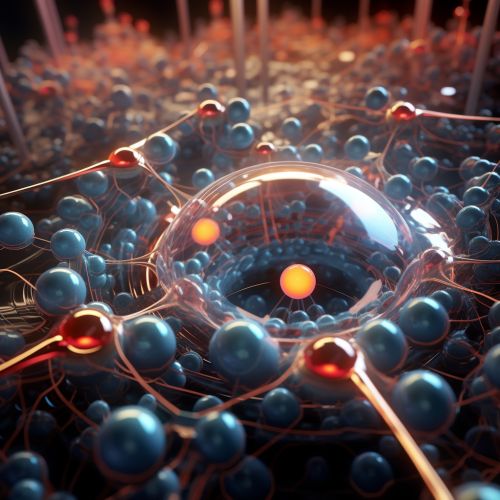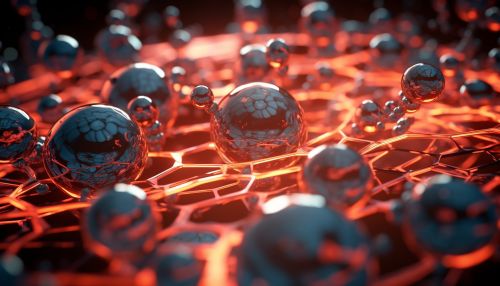Anabolism
Introduction
Anabolism, also known as biosynthesis, is the set of metabolic pathways that construct molecules from smaller units. These processes are crucial for the growth and maintenance of cells and tissues within an organism. Anabolism involves the input of energy, typically in the form of ATP, to synthesize complex molecules from simpler ones. This article delves into the intricate processes and mechanisms of anabolism, the role it plays in various biological systems, and its significance in the broader field of biochemistry.


Anabolic Processes
Anabolic processes are responsible for the synthesis of many of the body's essential components, including proteins, lipids, nucleic acids, and carbohydrates. These processes are driven by enzymes, which catalyze the reactions necessary for the construction of complex molecules.
Protein Synthesis
Protein synthesis is a fundamental anabolic process that involves the production of proteins from amino acids. This process is facilitated by ribosomes, which read the genetic information encoded in mRNA and assemble the corresponding protein.
Lipid Synthesis
Lipid synthesis involves the creation of fats, oils, and waxes. These lipids serve various functions within the body, including energy storage, insulation, and cell membrane formation. The process of lipid synthesis involves the condensation of fatty acids and glycerol.
Nucleic Acid Synthesis
Nucleic acid synthesis is the process of creating DNA and RNA, the molecules that carry genetic information in cells. This process involves the assembly of nucleotides, the building blocks of nucleic acids.
Carbohydrate Synthesis
Carbohydrate synthesis, also known as gluconeogenesis, is the process of creating glucose from non-carbohydrate sources. This process is crucial for maintaining blood sugar levels and providing energy to cells.
Energy Requirement in Anabolism
Anabolism requires energy to drive the synthesis of complex molecules. This energy is primarily derived from ATP, the body's primary energy currency. The hydrolysis of ATP releases energy, which is then used to power anabolic reactions.
Regulation of Anabolic Processes
The regulation of anabolic processes is crucial for maintaining homeostasis within an organism. Various factors, including hormones, nutrients, and energy levels, influence the rate of anabolic reactions.
Role in Health and Disease
Anabolism plays a crucial role in health and disease. Abnormalities in anabolic processes can lead to a variety of disorders, including metabolic syndrome, diabetes, and cancer.
